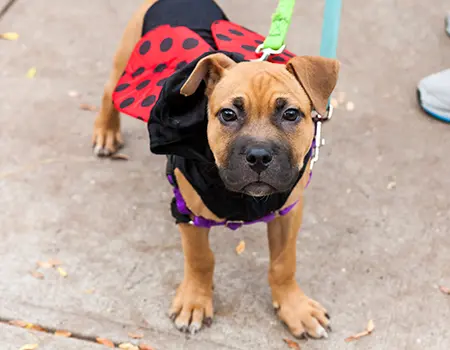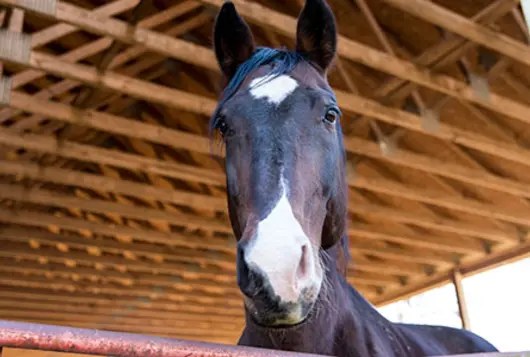The Unpalatable Lure of Glow Jewelry

Glow jewelry exposures happen frequently during the summer months and around holidays when they’re discarded in homes or sidewalks and found by curious animals.
Generally, the active ingredient—and the main luminescent component—in glow jewelry is dibutyl phthalate or n-butyl phthalate.
Dibutyl phthalate is also an insect repellent and plasticizer. With oral exposures, no serious problems are expected, but hypersalivation is seen in cats and dogs almost immediately.
Sometimes owners will report additional signs, especially in cats, which can include agitation, hyperactivity, head shaking, vomiting, and hiding. These additional signs are more than likely behavioral responses to the unpleasant taste.
- Explain to owners that cats and dogs are having a taste reaction and that this is not generally life-threatening.
- Instruct them to give a taste treat like tuna juice, wet pet food, treats or even dry pet food if that’s all they have on hand.
- Tell owners to take the pet into a room where they can turn off the lights to see if the pet is still glowing from more of the liquid on their fur. If the animal is fluorescent, a quick bath with a dishwashing liquid for hand-washing dishes should do the trick to remove that glow, or just wiping the pet down if they are agitated or the liquid is on the face.
- Remember to double-check if pieces of the plastic itself or any glass vials from the tube could have been ingested as this can pose an additional concern. If not, then the owner is done.
No long-term side effects would be expected from this liquid with a minimal exposure.
Reference: Rosendale, Marcy E., DVM. "Glow Jewelry (dibutyl Phthalate) Ingestion in Cats." Veterinary Medicine (1999).
We have lots more on this subject:




